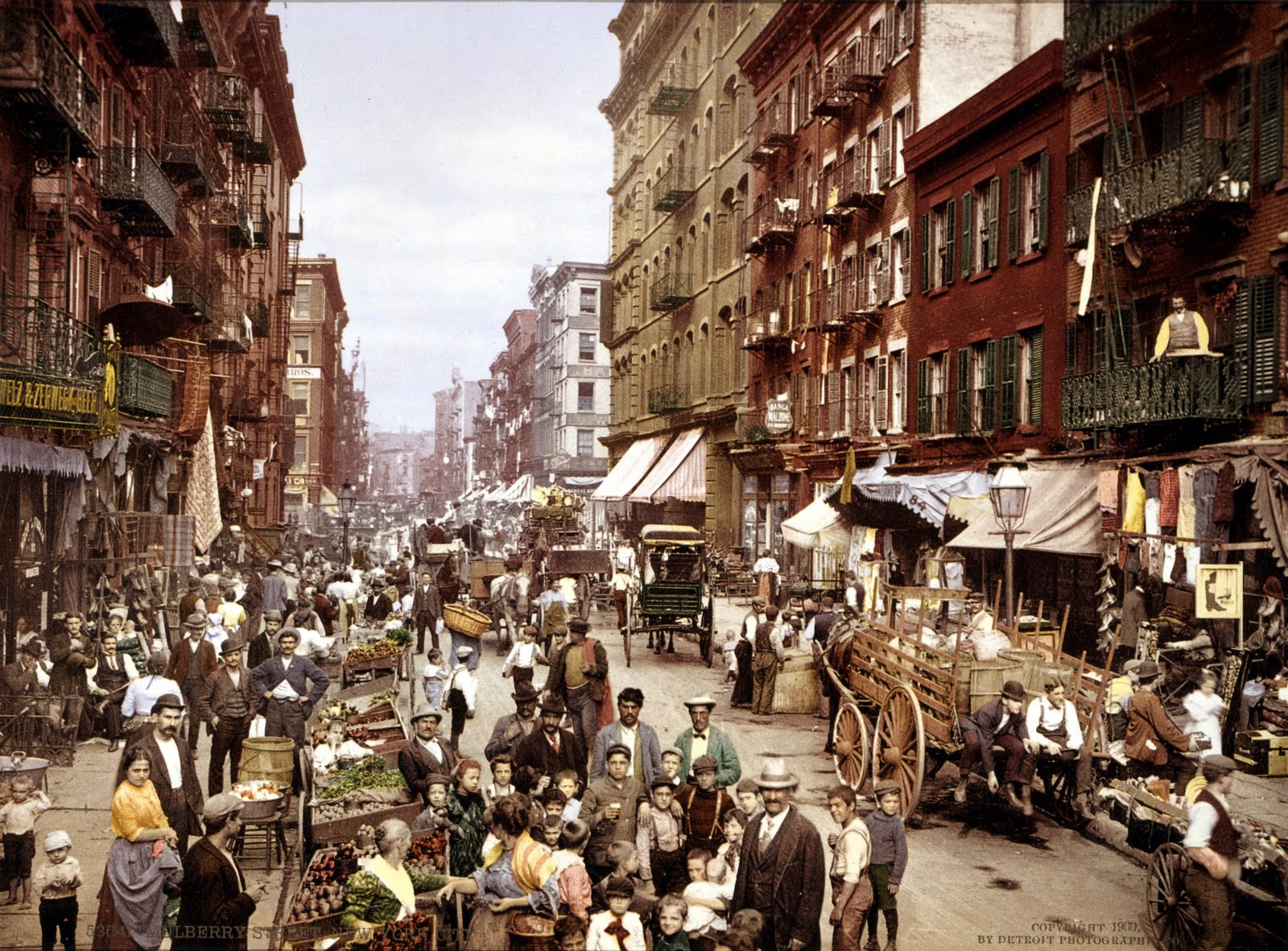
In 1911, the Dillingham Commission, consisting of bipartisan, U.S. House of Representatives and Senate members, produced a forty-one-volume report on immigration in the Unites States warning that the influx from Southern (overwhelmingly Italians) and Eastern Europe threatened America’s way of life and should be drastically reduced. The Commission’s conclusions provided the bases for immigration quota restrictions enacted in the 1920s, after which Italian immigration dropped ninety percent.
The report contained a “Dictionary of Races and Peoples” and excerpts from the “Italians” section is included below.
Included in the findings, anthropologist Franz Boas took cranium measurements of immigrant children in schools and concluded that, living in the U.S., had engendered positive changes and their bodily forms were more like “American types.”
Quotes from the Dillingham Immigration Commission report
“Following 1883 there was a raid change in the ethnical character of European immigration, and in recent years more than 70 per cent of the movement has originated in Southern and Eastern Europe. The new immigration has provoked a widespread feeling of apprehension as to its effect on the economic and social welfare of the country. The new immigrants are largely unskilled laborers, more than 35 per cent are illiterate, the present immigration from Europe to the United States is in the largest measure due to economic causes. Few immigrants come without some reasonably definite assurance that employment awaits them. Thousands of steamship-ticket agents operating in Southern and Eastern Europe combine the business of supplying laborers to large employers and contractors with the so-called immigrant banking business and the selling of steamship tickets.”
Dictionary of Races or Peoples, Volume 5, pages 81-85
Italians.
“The Bureau of Immigration divides this race into two groups, North Italian and South Italian. These two groups differ from each other materially in language, physique, and character. Perhaps in no other country do the educated classes cling more tenaciously to the familiar use of the local dialects in preference to the national literary form of the language, the Florentine dialect as embalmed in literature by Dante, Petrarch, and Bocaccio in the fourteenth-century. The Apennine chain of mountains forms a boundary between two distinct ethnic groups. The north inhabited by a very broad-headed and tallish race. All of Italy south are occupied by a long-headed, dark, ‘Mediterranean’ race of short stature. The foremost Italian ethnologist, Sergi, traces their origin to Hamitic stock of North Africa, not Negritic or true African, although there may be some traces of an infusion of African blood in this stock in Sicily and Sardinia.
“An Italian sociologist, Niceforo, has pointed out that these two ethnic groups differ as radically in psychic characters as they do in physical. He describes the South Italian as excitable, impulsive, highly imaginative, impracticable; as an individualist having little adaptability to highly organized society. The North Italian is pictured as cool, deliberate, patient, practical, and as capable of great progress in the political and social organization of modern civilization. Most of the Italian immigration to the United States is recruited from the farming and laboring classes of Italy, however, they have not attained distinguished success as farmers, although as fruit and wine growers, they rank among the foremost.
“Bosco, the Italian statistician, admits that Italy still holds first place for the number of crimes committed against the person. Niceforo shows from Italian statistics that all crimes, and especially violent crimes, are several times more numerous among the South than the North Italians. Gambling is common. The Mafia and Comorra (sic), institutions of great influence among the people, which take the law into their own hands and which are responsible for much of the crime, flourish throughout Southern Italy. The chief difficulty in dealing with the crimes of Italians seems to insist on settling their wrongs after the manner of vendetta.
“In Calabria, the illiterate amounted to 78.7 per cent of the population 6 years old and over. The poverty of the lower classes is extreme. They live in miserable habitations and subsist upon poor food, principally badly cured maize.
“From 1899 to 1910, 2.284,601 Italian immigrants were admitted to the United States. The heaviest transatlantic emigration from Italy is chiefly by South Italians, especially from Sicily and Calabria, the least productive and most poorly developed portions of the country. As to absolute number of arrivals, the South Italian heads the list with 1.911,933.”
Birds of Passage, an Italian Immigrant Coming of Age Story (Link to read the first chapter is on the Home page)
What turns the gentle mean and the mean brutal? The thirst for wealth? The demand for respect? Vying for a woman? Birds of Passage recalls the Italian immigration experience at the turn of the twentieth-century when New York’s streets were paved with violence and disappointment.
Leonardo Robustelli leaves Naples in 1905 to seek his fortune. Carlo Mazzi committed murder and escaped. Azzura Medina is an American of Italian parents. She’s ambitious but strictly controlled by her mother. Leonardo and Carlo vie for her affection.
Azzura, Leonardo, and Carlo confront con men, Tammany Hall politicians, the longshoreman’s union, Camorra clans, Black Hand extortion, and the Tombs prison.





